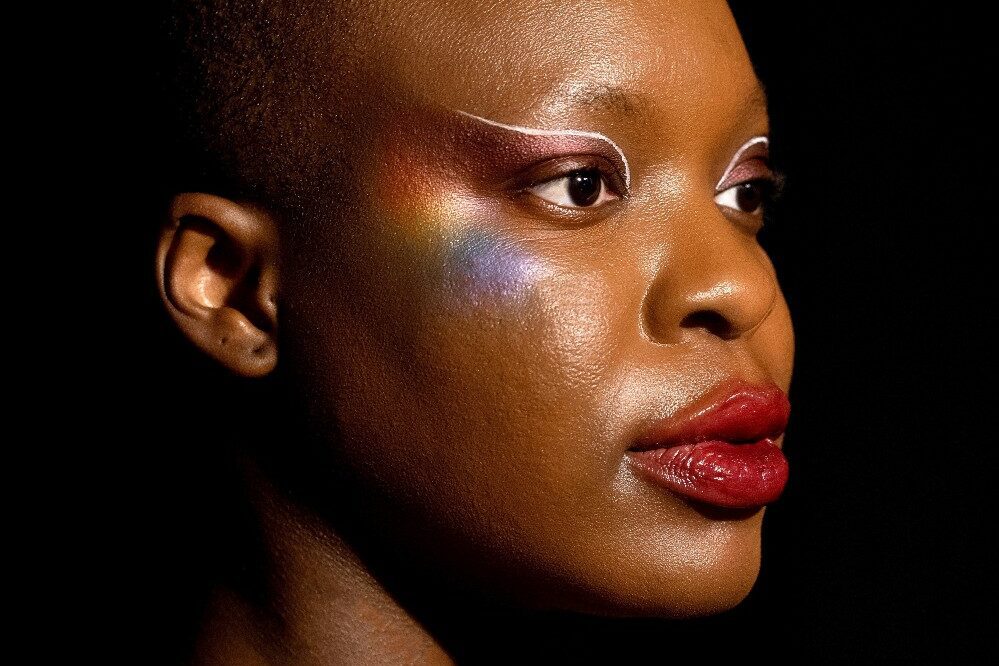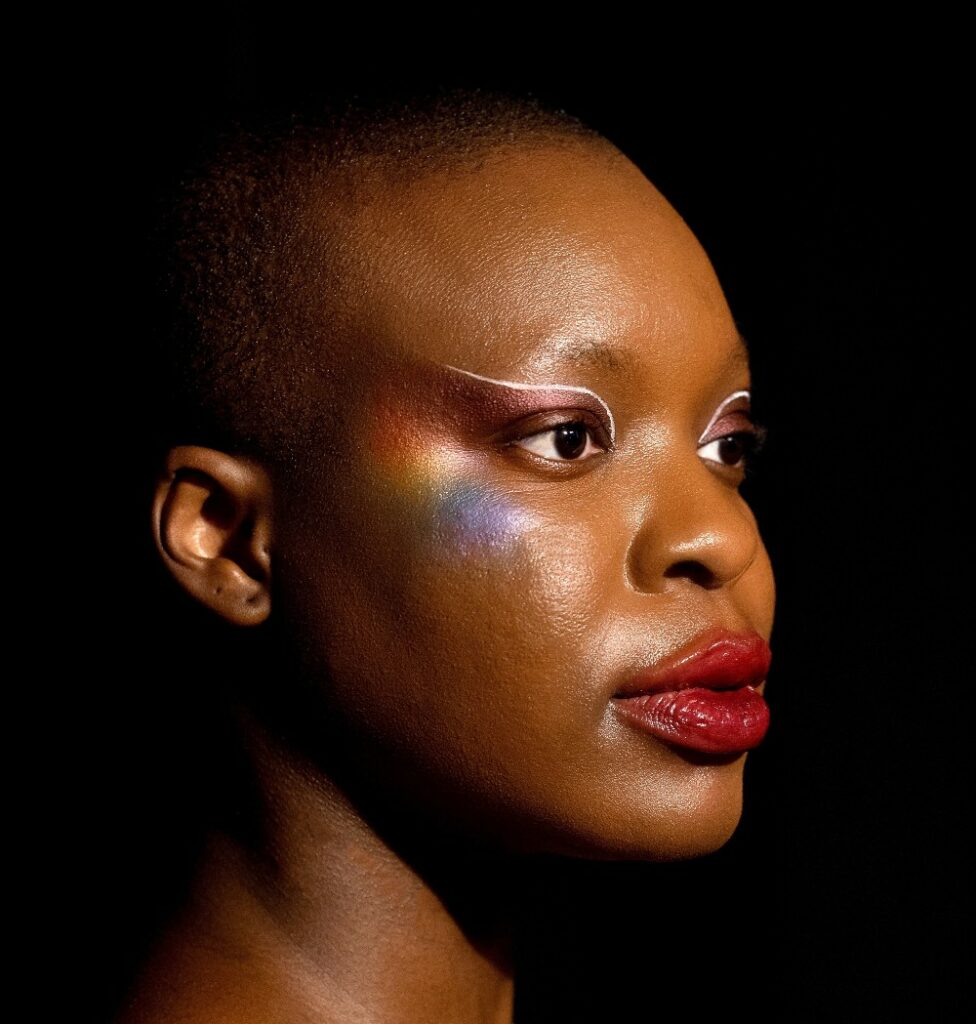

Places can have a way of rubbing off on people. The longer you’re in an environment, the more likely you are to soak in its sounds, energy and rhythms. At least that’s what happened to Tammy Lakkis. On her debut EP, Notice (out Friday, March 26 via Portage Garage Sounds), Lakkis meshes her background in more traditional songwriting with her last four years as a DJ, where she spent most of her time expanding her knowledge of Detroit’s deep electronic music history and dancing or spinning at Detroit’s hotbed for underground electronic, Motor City Wine (MCW). The result is a richly diverse set of songs, ranging from a gentle conversation with the void in “Hello?” to a forlorn Arabic love song, “Wen Rayeh,” all set to pulsing synths and complex rhythms.
“I feel like I’ve been living in different worlds genre wise for a while,” says Lakkis, “and instead of choosing one or the other, I just thought, ‘why not do it all?’”
Though the songwriter, producer and DJ has always been interested in expanding her musical skills and influences, her in-depth study of DJing and producing began about four years ago. Lakkis says her main method of learning was just listening to a song – or part of a song – over and over again until she could crack the code on why it made her want to dance. But the best way to learn is by doing, and Lakkis spent many nights at MCW’s “Monday is the New Monday” DJ night, hosted by DJ and producer, Shigeto. Before the lockdown, Monday nights at MCW were a house music lover’s oasis. Untouched by the stain of over-attendance, listeners could go there, bring a glass of wine onto the dancefloor without spilling it, and listen to some of the best DJ sets in the world. This essence of freedom and anonymity bleeds into Lakkis’s music, who both danced and DJed at MCW.
She spent the last two or so years refining her live set, where all of the songs on Notice originated. “I guess this EP is like a snapshot of the best parts of my live set that I was doing,” she says. She also cites DJing as an integral tool in her learning process as a producer. “I think they go hand in hand,” says Lakkis. “A lot of learning to be a producer was just through listening and taking a little bit from different tracks that I was finding when I was DJing and learning from them.”
It makes sense, then, that Notice immediately transports the listener to a dimly lit dance floor, filled with bodies engrossed in their own escapism. The EP’s title track starts with a vibrating, four-on-the-floor beat that introduces the setting and immediately invites movement. Lakkis’s voice cascades over the synths and polyrhythms beckoning the listener into the here and now: “Oh when you walked this way before/I didn’t notice but now I notice/And when the wind howled its song/I didn’t notice/but the destruction I notice.” The simple but poetic lyricism focuses on the importance in being present and the positivity that a mindful existence can bring. Whether it’s really seeing a person who’s been in your orbit for a while or taking the time to appreciate nature, being present can bring about peace or unexpected connection.
Poetry lies at the heart of Lakkis’s lyricism in “Wen Rayeh” as well. The english translation of the first few lyrics reads, “My heart has dried/Under a strong sun/Like the dried mint on the towel,” a strong opener to a sprawling song meditating on the uncertainty of falling in love. Lakkis says writing this song in Arabic was a refreshing experience for her, as her conversations in Arabic with family generally don’t contain poetic vocabulary. “I speak [Arabic] very brokenly but it was my first language I knew before I knew English,” she says. “I thought it would be a cool opportunity to connect with that part of myself that I feel I’m disconnected with here, just speaking in English all the time and not being around my community.”
Lakkis, whose parents emigrated from Lebanon, explains that the pressure to assimilate to “American” culture robs many first-generation folks of a connection to their own. “There’s definitely a disconnect you feel when you’re first gen,” she explains, “and a sense of not really belonging anywhere.” But Lakkis sounds at home on “Wen Rayeh,” her celestial vocals floating over singular, Detroit house-infused production. It’s a pairing you won’t hear anywhere else, and part of what makes Lakkis’s music so enticing and pleasing to the ear.
All of the songs on Notice show the artist at her core – a storyteller, producer and student of Detroit house, weaving the best of her influences together to create something entirely her own.
Follow Tammy Lakkis on Facebook, Twitter and Instagram for ongoing updates.










